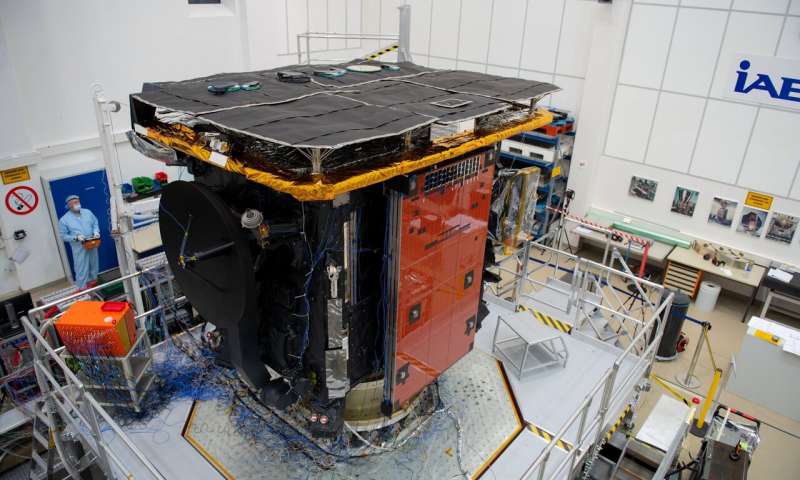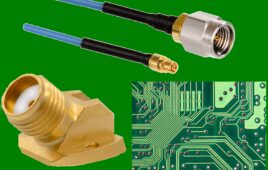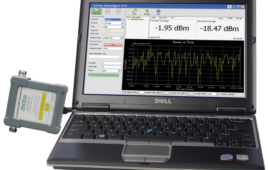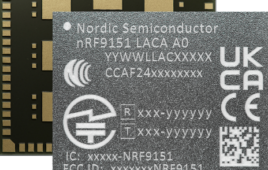The European Space Agency’s (ESA) Solar Orbiter will venture just one-fifth of Earth’s distance to the Sun, subjecting itself to intense heat all in the name of science. Its mission is to conduct high-resolution, close-up studies of the Sun and inner heliosphere.
The spacecraft is currently undergoing vibration tests (Figure 1) in Ottobrunn, Germany, at the IABG facility. In the meantime, live data links to the satellite, called “system validation tests” are being prepped by the ESA team in Darmstadt, Germany.
The links will connect the flight team’s mission control system to the Solar Orbiter, ensuring that when the mission takes to space, communication can be established.
“The prime objective of the system validation tests for any spacecraft is to validate that the mission control system can correctly send and receive telecommands to the satellite. The tests also confirm that the spacecraft launch configuration is as expected by the post-launch Flight Control Procedures,” says ESA’s Jose-Luis Pellon-Bailon.
The ground control systems will send radio signal with its ground station antenna to communicate with the Solar Orbiter.
Previous system validation tests took place last summer, and the next round of connection tests will run 24/7 for a total of nine days, occurring this May and August. When the Solar Orbiter makes its way to the U.S. in preparation for its Cape Canaveral launch, the spacecraft will undergo a final series of system validation tests, projected to happen November 2019.
The spacecraft is expected to launch in 2020.

(Image Source: ESA – S. Corvaja)




